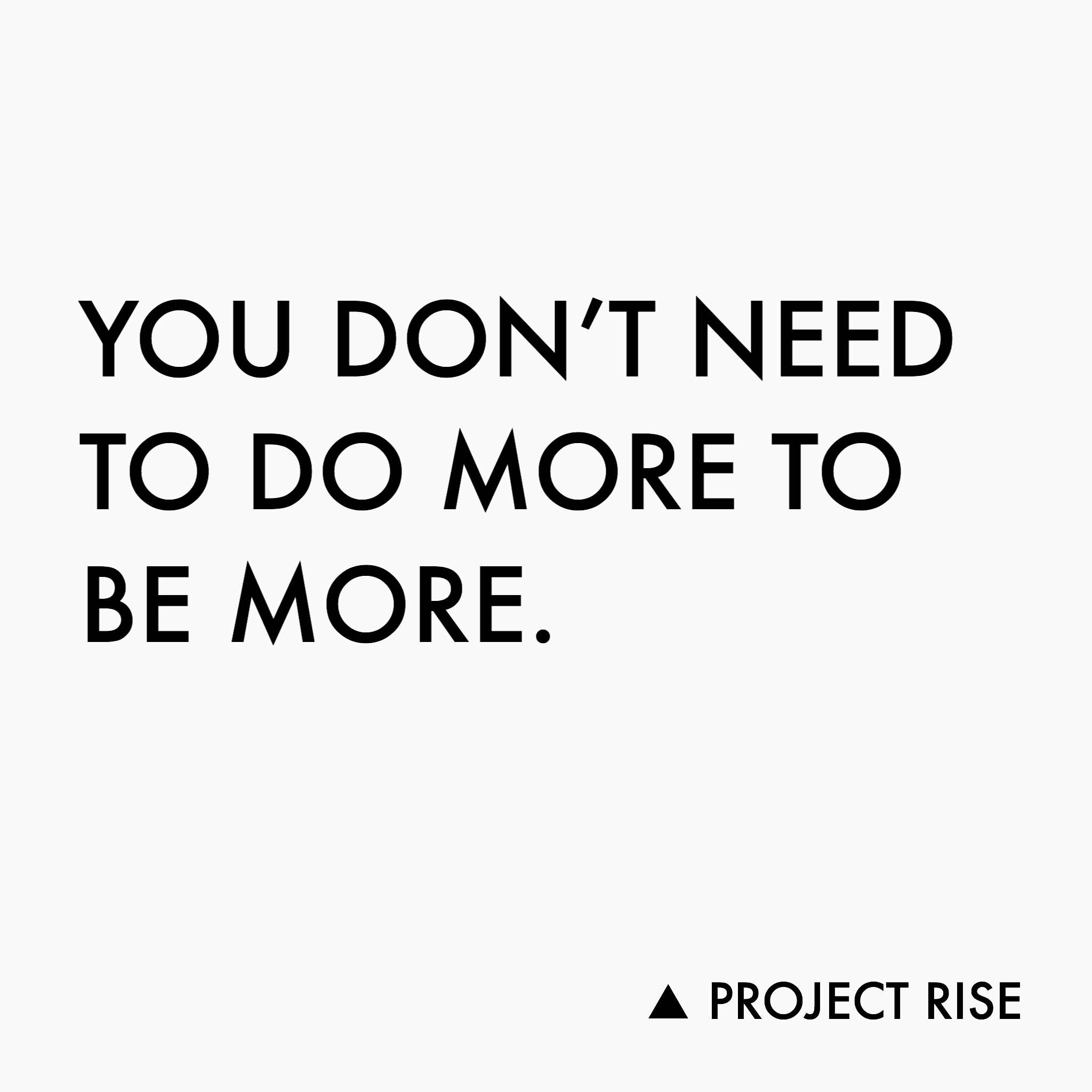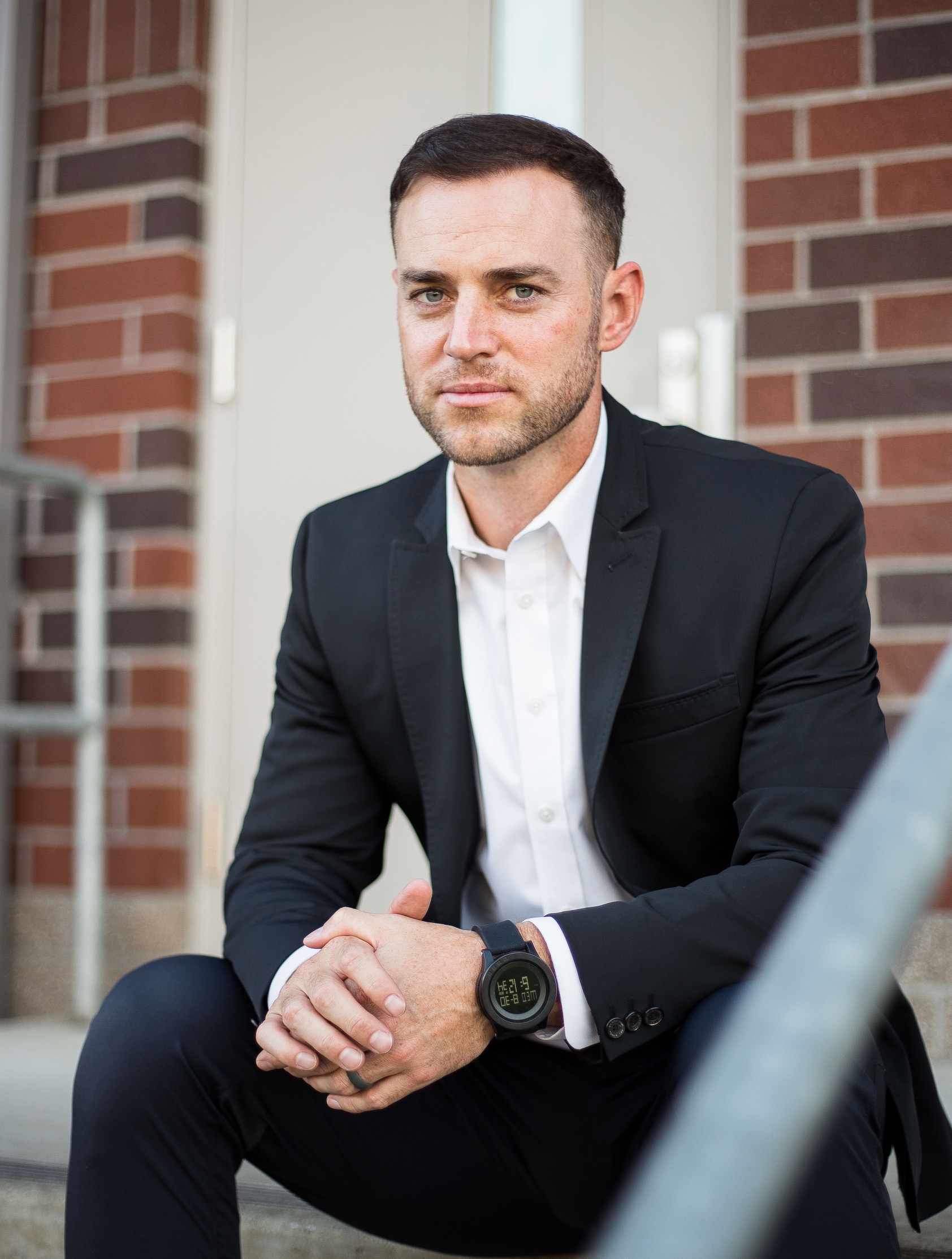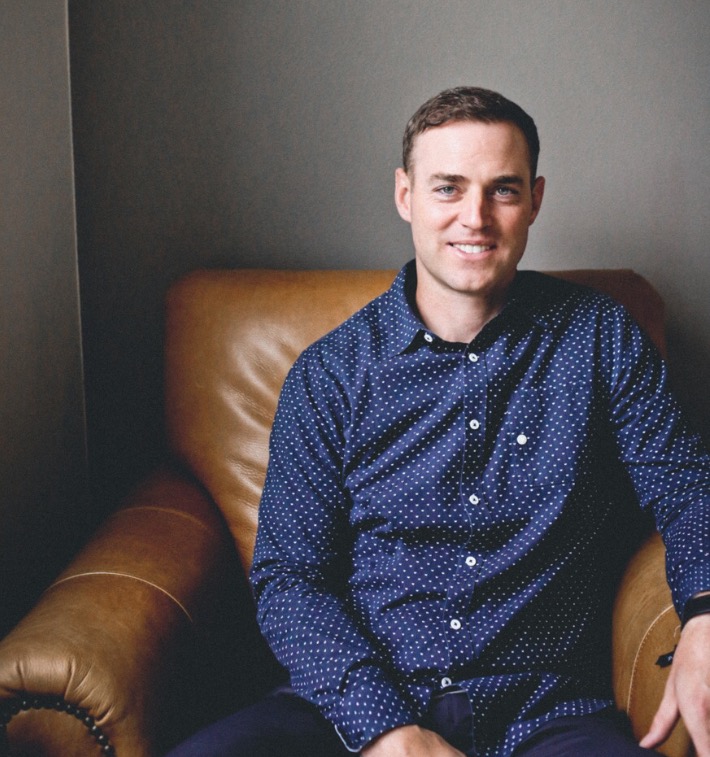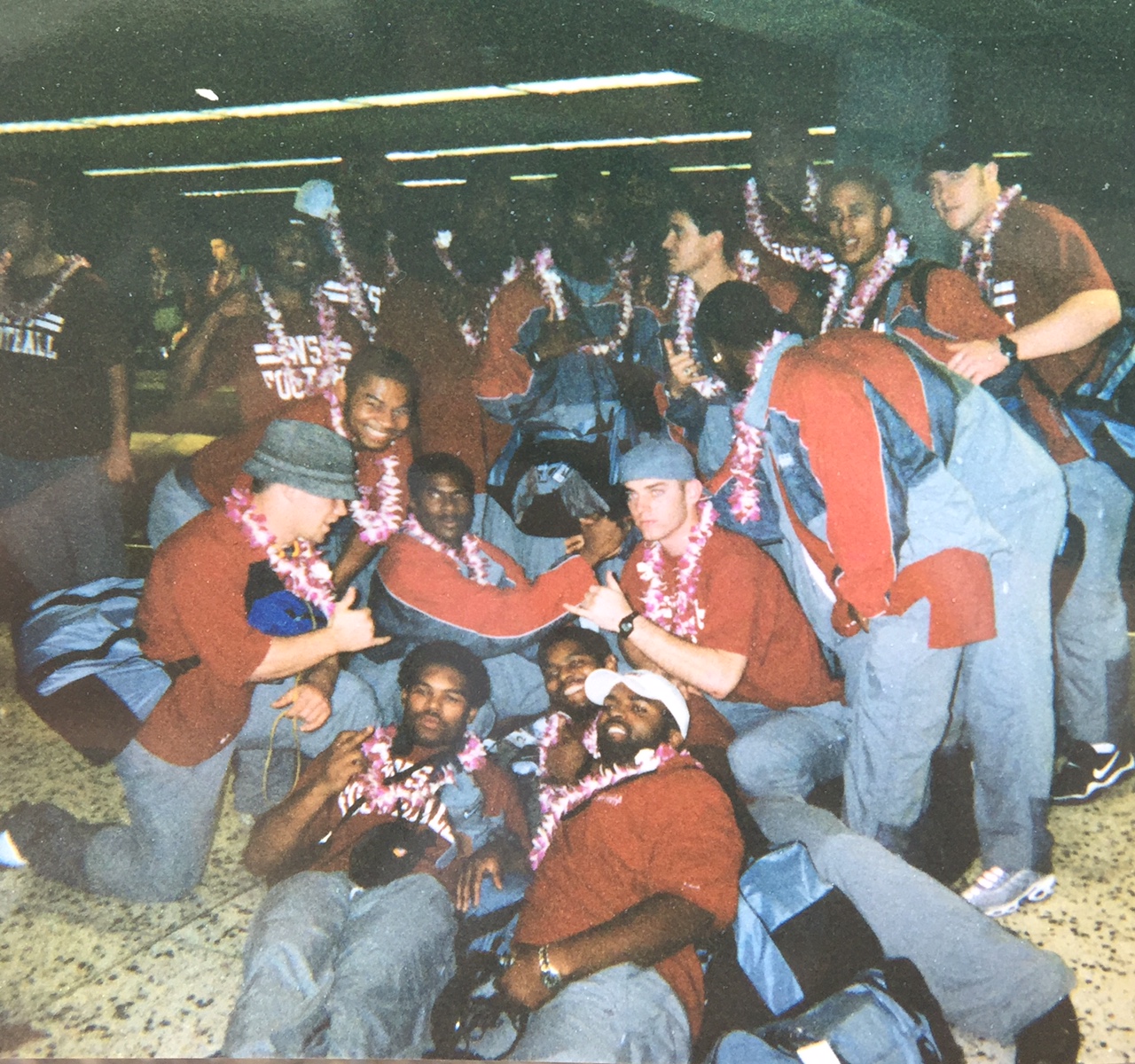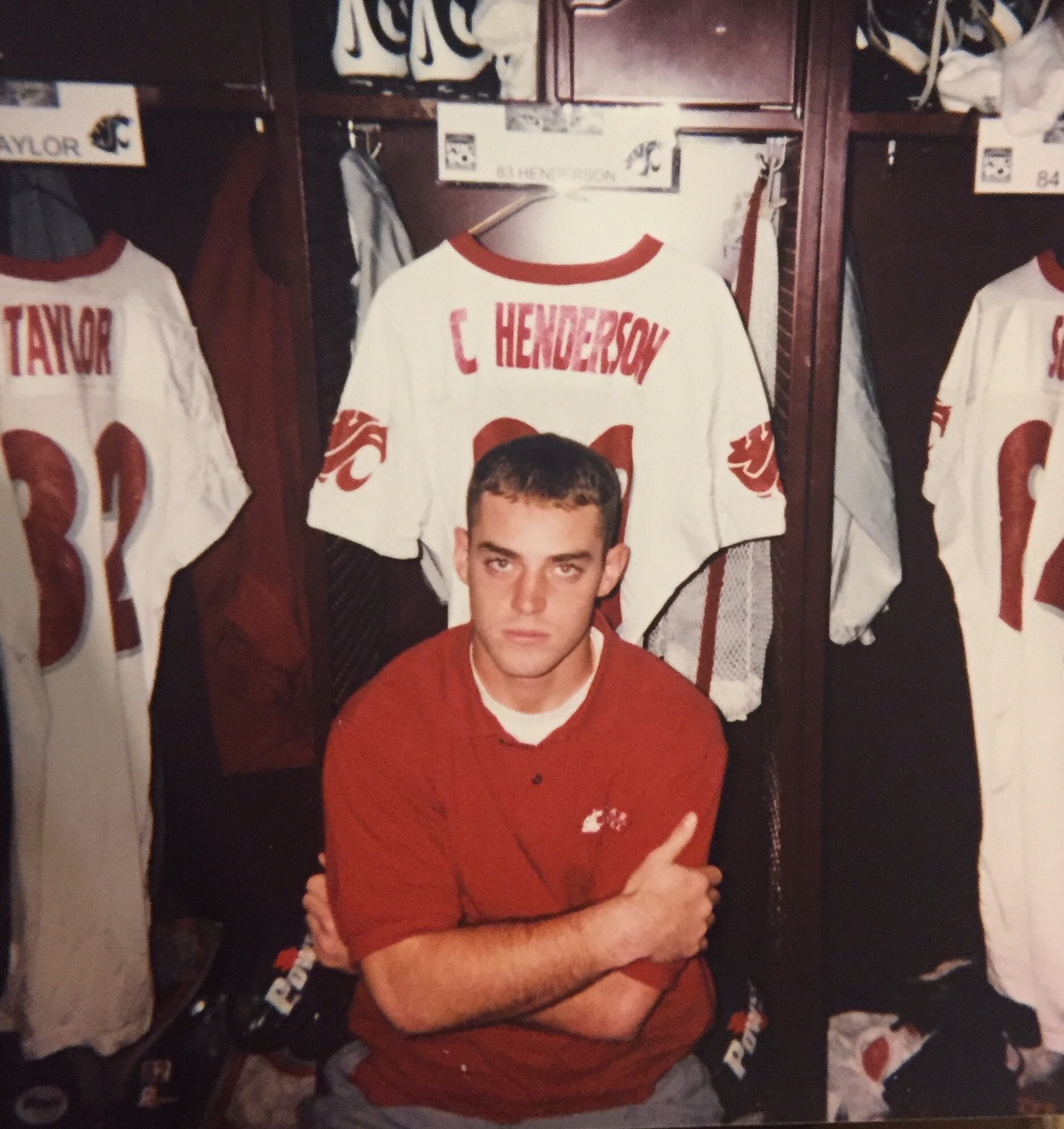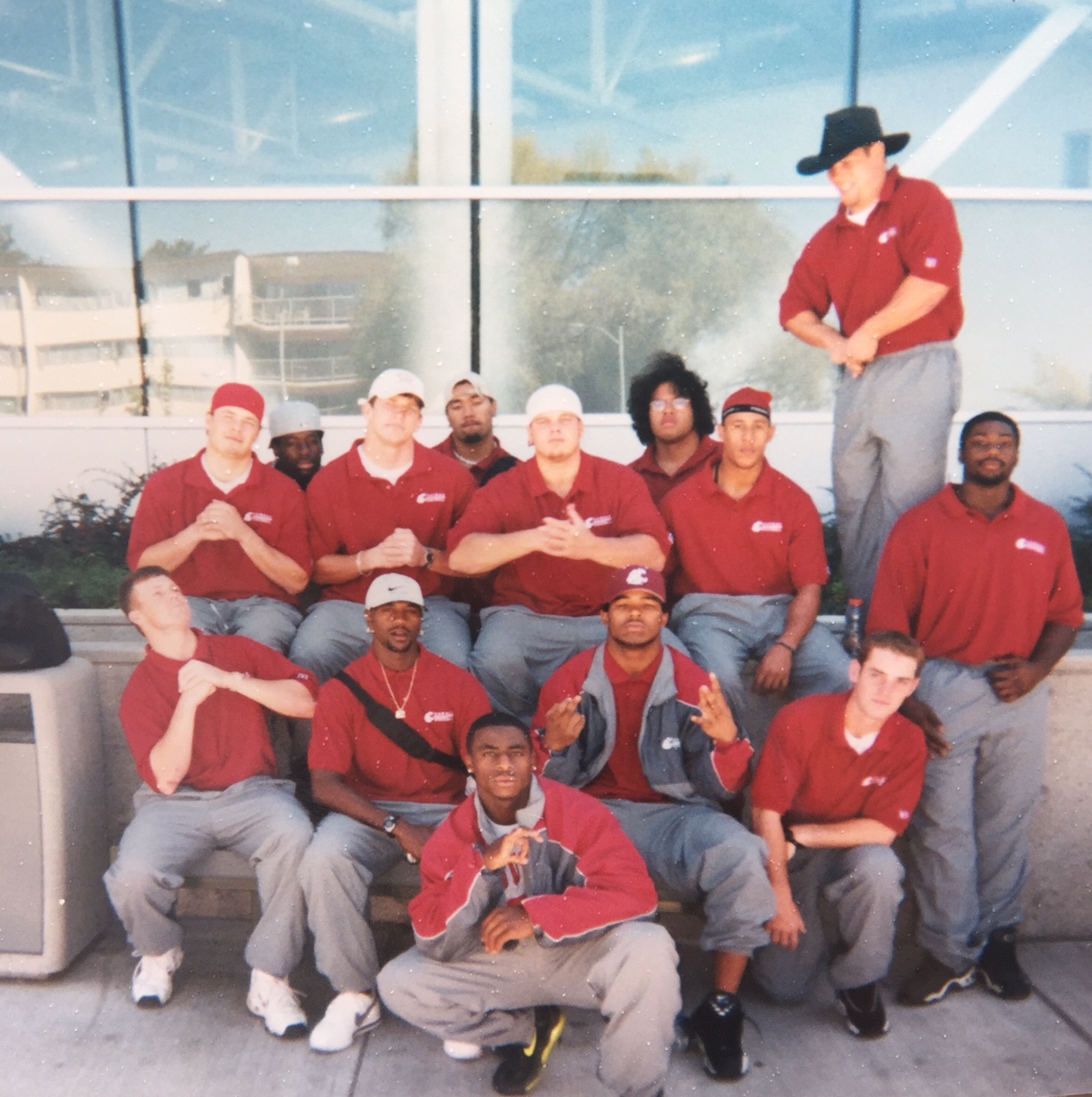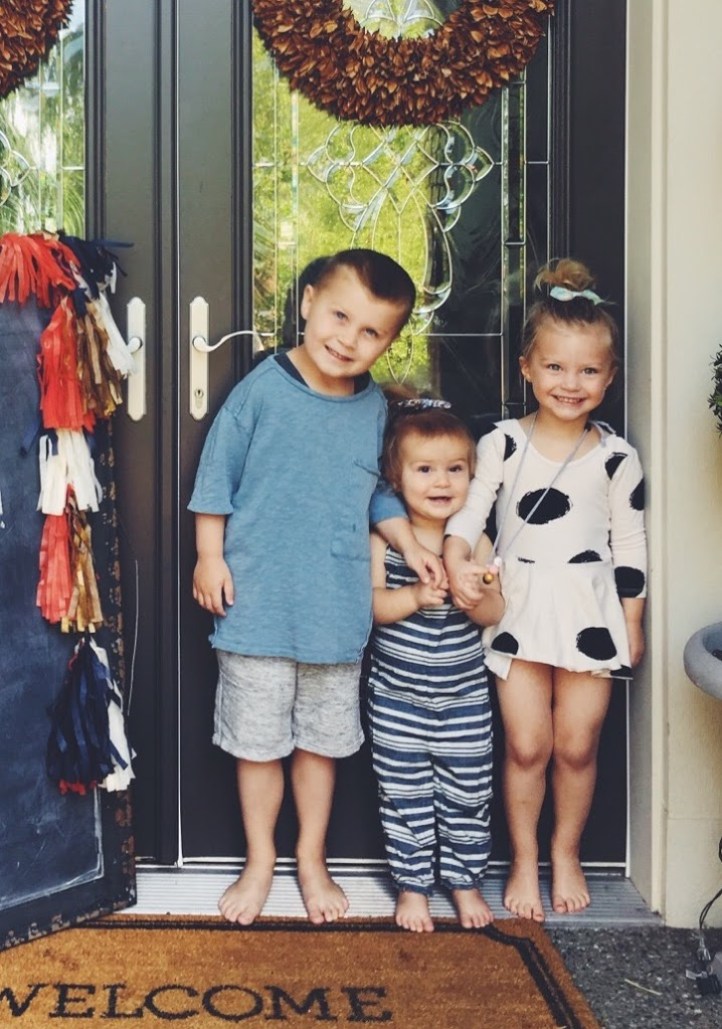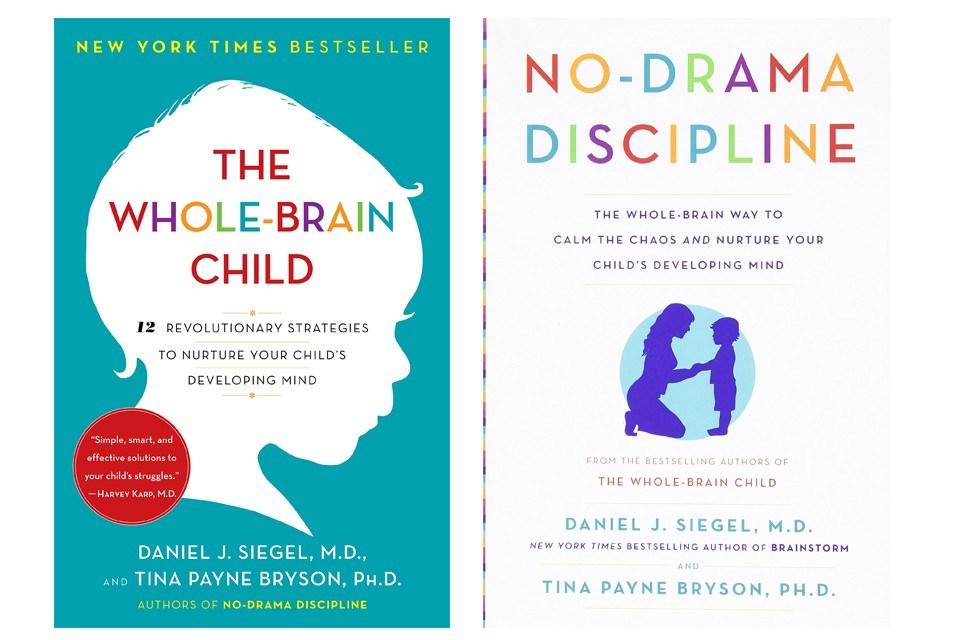In this Master Your Mindset Q & A series, you’ll read interviews from top performers who have inspired me in various sports. I selected individuals who were able to maximize every ounce of talent to do the extraordinary. Their ability to overcome adversity, consistently compete at a high level, and be an outstanding teammate are why they were chosen. Use their answers and experiences to help take your game to a higher level, as well as to gain perspective.
Christal (Morrison) Engle
Professional beach volleyball player
2005 NCAA National Champion, University of Washington
2005 NCAA National Championship MVP
Four-time All-American
CH: What is your proudest accomplishment as an athlete?
CE: Winning the Division I Women's Volleyball NCAA 2005 National Championship was by far my proudest accomplishment as an athlete. It was such an amazing journey to get to that point, and the moment you realize that your team had just accomplished what we had set out to do is a feeling that very few can experience...it is indescribable.
CH: What's the most important lesson you learned as an athlete that you have carried over into life? Please explain.
CE: BALANCE. This is the main part of my personal philosophy. As an athlete there are so many things we are expected to do. The ONLY time that I felt like I was performing at my best in all of the areas I was expected to was because I was living a balanced life. I believe that performance is hindered when you are only focused on one area of your life, but if you find a healthy balance between spiritual, emotional, and physical things, you will become the best YOU!
CH: Who was your role model? What did they teach you?
CE: I really looked up to my head coach at UW, Jim McLaughlin. He was not only a coach, but a mentor and a teacher. He understood that not every athlete should be coached exactly the same. Some athletes react positively to getting yelled at, and some athletes react very poorly to getting yelled at. He knew exactly how to get the best out of every individual on the team. He was also extremely focused and dedicated to the ultimate goal (the national championship) and his approach and preparation every day ultimately got us to that point multiple times.
CH: What was your favorite failure? What did you learn, and how did you overcome?
CE: I think as I progressed in my career and decided to go play beach volleyball professionally, that entire decision made me feel like a failure. As soon as I stepped on the sand I felt like I had never played the game of volleyball before. The beach game is so incredibly different from the indoor game, and I went from being very successful at indoor, to being at the bottom of the pool with beach.
It took a few years before I was able to feel like I belonged, and it took all of my energy and time to get to that point. I learned that when you put yourself out there, move a few thousand miles away from home, and try to do something that very few can do…it is daunting and scary but it is so worth it. It is worth every up and down along the way.
CH: Describe a moment when you were in a flow state (a.k.a., “in the zone”). What did it feel like?
CE: I remember playing April Ross and Jen Kessy at the Salt Lake City AVP Open. Jen and April had just won the silver medal in the London Olympics and were the best team in the world. My partner and I had put together two big wins before reaching them in the quarter finals, and I remember feeling like I couldn't do anything wrong. I remember feeling like I was in the right place at the right time, every time and making the perfect "reads" on everything. It wasn't until after we had won the match that I realized I was in a flow state and it was so fun to feel that level of performance especially against the best team in the world.
CH: What routines did you consistently perform during the day of competition to get yourself ready to play?
CE: Routines, rituals or habits…whatever you want to call them are essential to success. I had routines throughout my entire day. From the order of how I did things in the morning, to what I ate for lunch, and how I put on my gear for practice. The most important routine I performed to prepare for competition was my warm-up. It was EXACTLY the same EVERY time. My warm-up routine calmed my thoughts, and made even the biggest games feel like it was just another match.
CH: How often would you feel pressure and stressed? Where there any triggers?
CE: I always got butterflies before a game, whether it was a pre-season game or the Pac-12 Championship. I think the biggest trigger for stress was unforced errors I made. I had to learn how to get my heart rate back down and focus ONLY on what I could control and nothing else around me (as strange as that sounds with a team sport).
CH: Explain what your self-talk and internal dialogue was like after you made a mistake.
CE: I always brought it back to a process of what needed to happen and only focus on the first thing. In volleyball you can't do anything unless you pass the ball first. I also hyper-focused on my mechanics. I think focusing on how your body is moving rather than the outcome ultimately helps in the long run. I would talk myself through my mechanics over and over and over.
CH: What would you do to increase your confidence?
CE: I hate to say this, but I would say things to myself like, "Serve me the ball again b---h, because I'm the mother f-----g best passer in this gym" (ha ha). I never let it be known or vocalized it, but I performed at my best when I thought I was the best.
CH: What was your why? What drove you to be a top performer?
CE: For me it was all about improvement. How good could I be? With our system at UW, everything we did was quantitated, so I knew exactly what level I was performing at. It was so incredibly fun for me to try and improve my numbers every day and reach specific percentages in practice. Every facet of the game was in itself another game for me. I was addicted to getting better.
CH: If you could go back in time, what advice would you give your younger self?
CE: I would tell my younger self to enjoy the journey a little bit more. I don't think I understood "balance" until after I made the move to beach volleyball. Although it takes so much sacrifice and focused energy to become the best, I also think that living a balanced life is key for success.
Thank you for reading! To gain more insights and tools to win the inner-game, Master Your Mindset the book is launching on June 23. PRE-ORDER HERE and receive a free video on Self-Confidence 101 and an e-book for coaches and parents called Positive Parenting.
Pre-order Master Your Mindset and the Flow Journal today and take your mental game to the next level! Link HERE: MYM PRE-ORDER



















